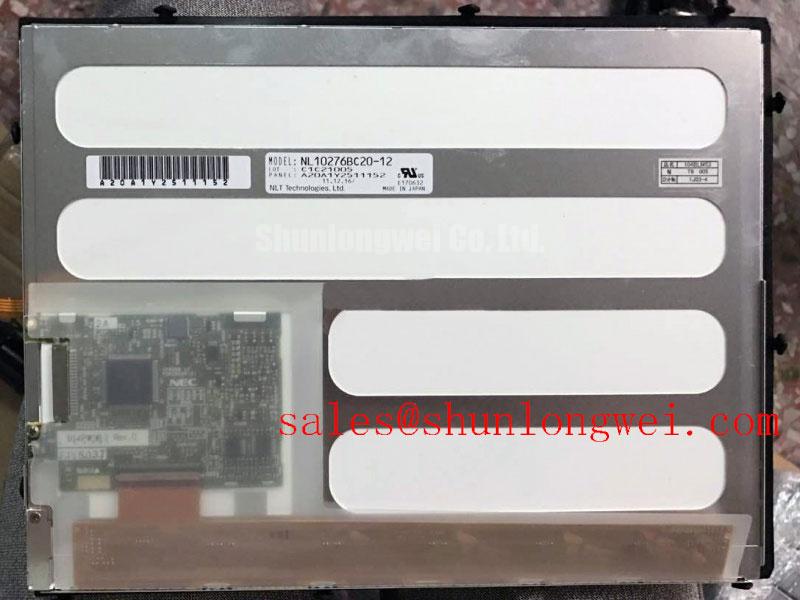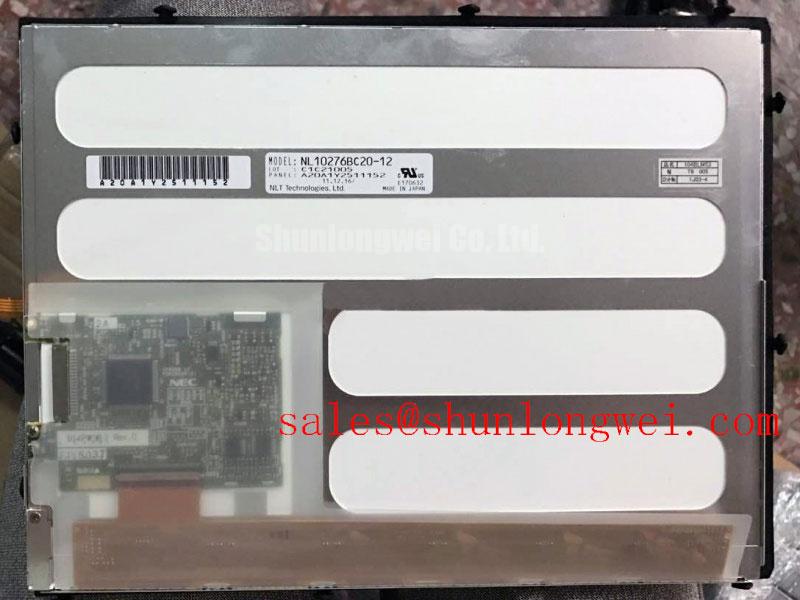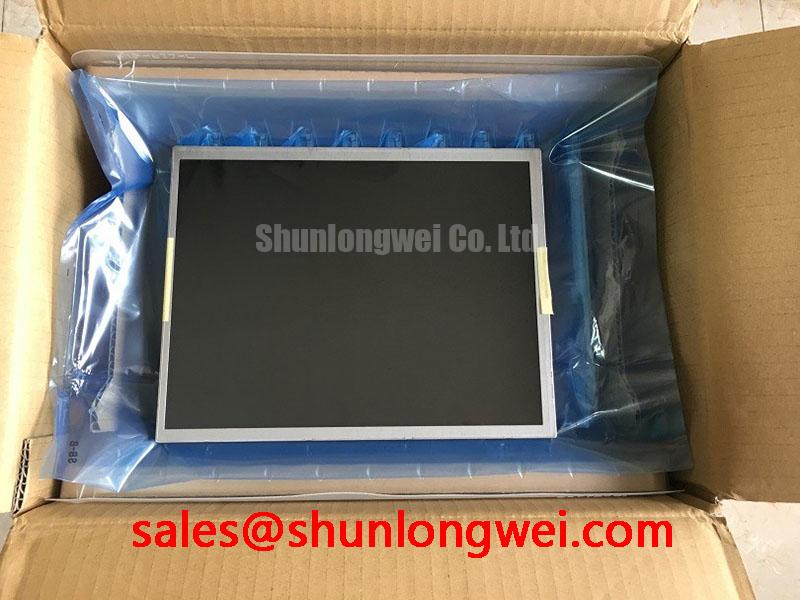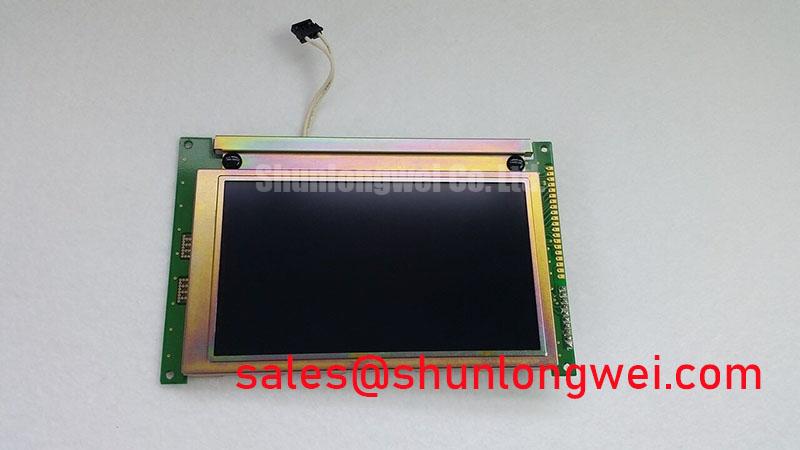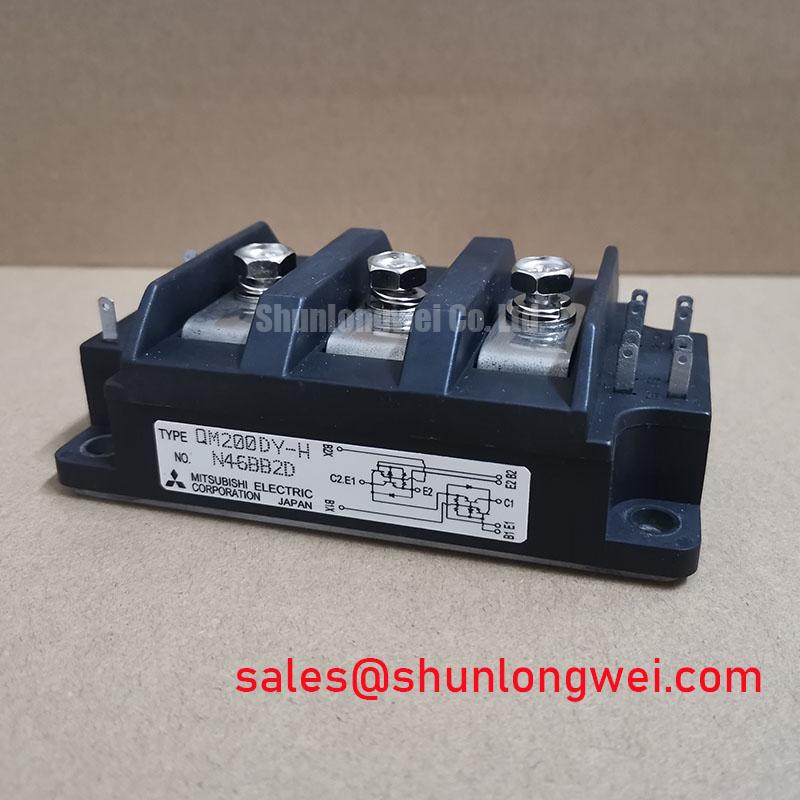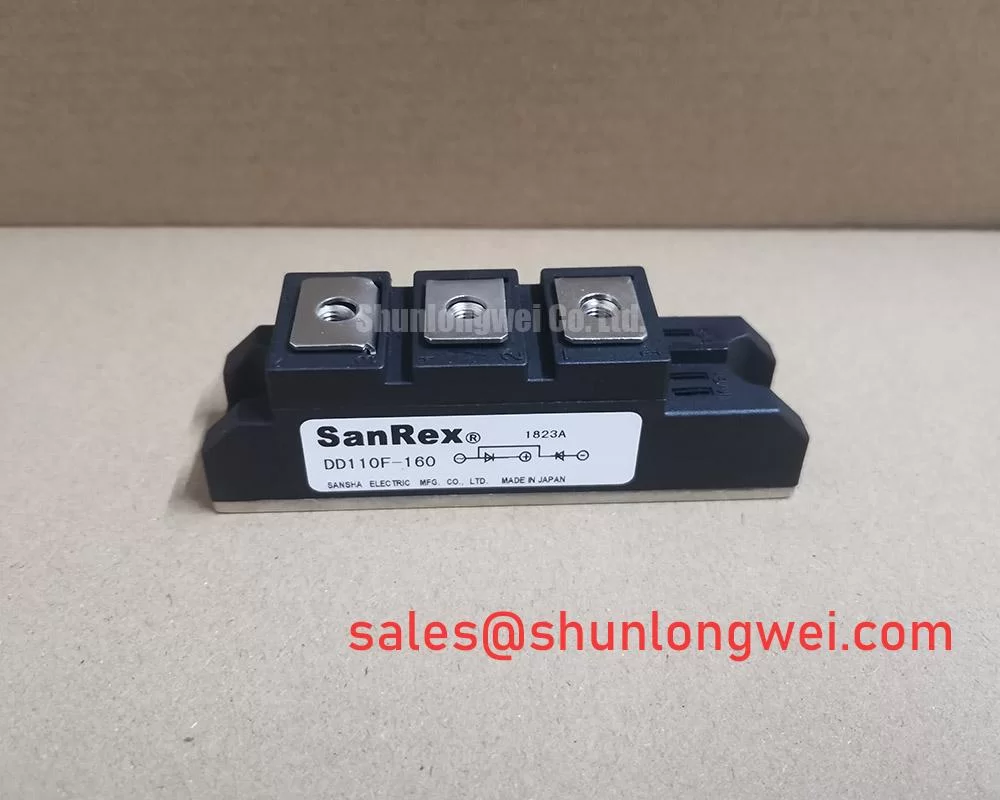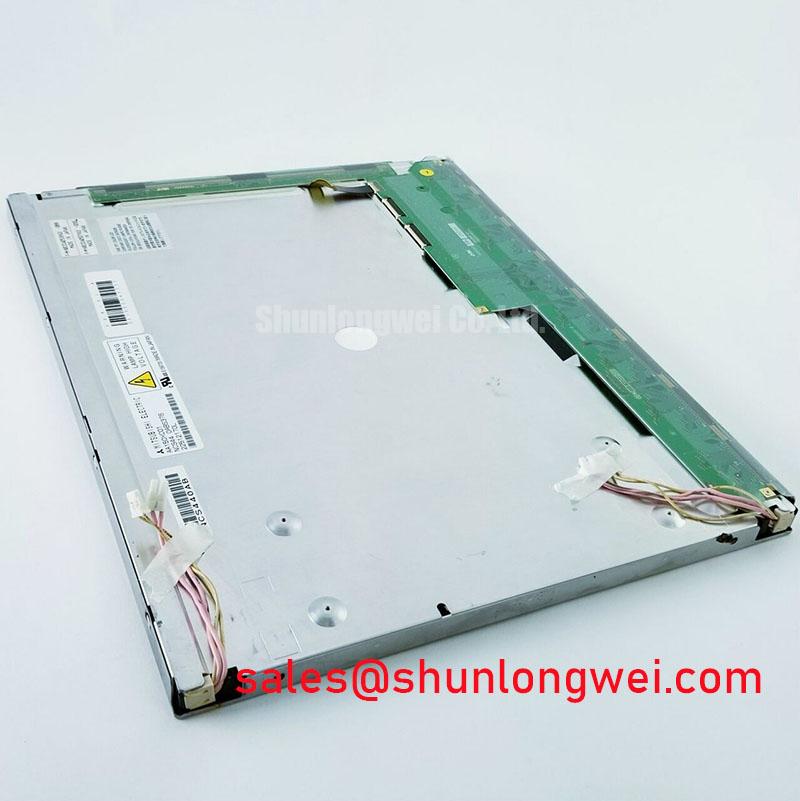NL10276BC20-12: A Rugged 10.4-inch XGA Display for Demanding Environments
Engineered for resilience, the NEC NL10276BC20-12 provides dependable visual performance where standard displays falter, delivering clarity and stability under challenging operational conditions.
This 10.4-inch XGA TFT LCD module is designed for long-term service in industrial applications. Key specifications include a 1024x768 resolution, a luminance of 150 cd/m², and a typical contrast ratio of 400:1. It is built to withstand operational stressors, providing a durable human-machine interface (HMI) foundation. For engineers designing systems for factory automation or control panels, the primary challenge is ensuring screen readability and operational integrity despite ambient light, temperature fluctuations, and mechanical stress. The NL10276BC20-12 directly addresses this by combining a compact form factor with specifications that prioritize durability and consistent performance.
Strategic Advantage Through Environmental Resilience
In today's interconnected industrial landscape, the reliability of a single component can dictate the uptime of an entire system. The NL10276BC20-12 is engineered with this principle in mind. Its ability to function in non-ideal conditions makes it a strategic asset for equipment deployed outside of climate-controlled rooms. The value of such a robust display extends beyond its initial procurement cost to a lower total cost of ownership, achieved through enhanced durability and reduced need for field service. This aligns with the industrial push towards more autonomous and resilient systems that require minimal human intervention. For further reading on the importance of robust displays in tough settings, see this guide to reliable displays in heavy machinery.
Data Points Defining Durability
Technical specifications are the language of engineering. For the NL10276BC20-12, the parameters underscore its design for environmental stability. The shock resistance rating is a critical metric for any equipment subject to movement or vibration. What does the 539 m/s² shock rating signify in practical terms? It can be compared to the braking system of a car; just as brakes are designed to absorb immense kinetic energy safely, this display's mechanical structure is built to dissipate sudden impacts without critical failure to the internal glass or electronic components. This ensures the screen remains operational in environments like mobile machinery or manufacturing lines where accidental impacts can occur.
The following tables break down the key parameters based on the official datasheet. For a complete specification set, please download the datasheet.
Display Characteristics
| Parameter | Specification |
|---|---|
| Screen Size | 26 cm (10.4 inches) |
| Resolution | 1024 (H) x 768 (V) pixels (XGA) |
| Pixel Pitch | 0.2055 (H) x 0.2055 (V) mm |
| Active Area | 210.4 (W) x 157.8 (H) mm |
| Display Mode | Normally White, Transmissive |
| Signal Interface | LVDS (Low Voltage Differential Signaling), 1 port |
Optical & Electrical Characteristics
| Parameter | Specification |
|---|---|
| Luminance | 150 cd/m² (typ.) |
| Contrast Ratio | 400:1 (typ.) |
| Viewing Angle (CR≥10) | Horizontal: ±45°, Vertical: +40° / -20° (typ.) |
| Response Time | 18 ms (typ., Ton+Toff) |
| Power Consumption | 3.4 W (typ.) |
Mechanical & Environmental Ratings
| Parameter | Specification |
|---|---|
| Module Dimensions | 231.2 (W) x 174.6 (H) x 5.3 (D) mm (typ.) |
| Weight | 160 g (typ.) |
| Shock Resistance | 539 m/s² (11ms) |
Deployment Environments Where Resilience is Paramount
The NEC NL10276BC20-12 is well-suited for integration into systems where operational integrity is a primary design constraint. Its specifications support deployment in a variety of industrial and commercial contexts. For systems requiring a different balance of features, such as wider viewing angles or higher brightness, the G104S1-L01 offers an alternative technology base.
- Industrial Control Panels: In manufacturing facilities, HMI panels must provide clear information despite varying light conditions and potential for mechanical stress. The anti-glare surface and durable construction of this module ensure operator readability and long-term reliability.
- Test and Measurement Equipment: Portable or benchtop test equipment often operates in diverse environments, from labs to field sites. The module's compact dimensions and robust build provide a dependable display solution for such applications.
- Point-of-Sale (POS) and Kiosk Systems: These systems require displays that can withstand continuous public use. The NL10276BC20-12 provides a solid foundation for developing such user-facing terminals.
What is the primary benefit of its LVDS interface? Simplified system integration through reduced cable count and improved noise immunity. This is a key consideration for complex machine designs. Given its balance of XGA resolution and a 10.4-inch diagonal, the NL10276BC20-12 is the optimal choice for legacy system upgrades requiring a compact, high-clarity display without extensive mechanical redesign.
Fact-Based Comparison for System Integration
Selecting the right display involves weighing multiple technical factors against application requirements. The table below presents a factual comparison to aid engineers in their evaluation process. This data is intended to support an informed decision, not to recommend one model over another. Each design has unique constraints, and understanding these trade-offs is crucial for successful system integration. For a comprehensive overview of display technologies, The Ultimate Guide to TFT-LCD provides valuable context.
| Feature | NL10276BC20-12 | Alternative Model (Typical) |
|---|---|---|
| Resolution | 1024 x 768 (XGA) | 800 x 600 (SVGA) |
| Luminance (typ.) | 150 cd/m² | 250-400 cd/m² |
| Viewing Angle (Horiz. typ.) | ±45° | ±60° to ±80° |
| Power Consumption (typ.) | 3.4 W | 4.0 W to 6.0 W |
| Module Thickness (typ.) | 5.3 mm | 7.0 mm to 11.0 mm |
In the Field: NL10276BC20-12 Reliability Snapshots
The true test of a component's value is its performance in real-world scenarios. While specific customer deployments are confidential, the design features of the NL10276BC20-12 point to its suitability in applications where commercial-grade displays would fail. For instance, its specified shock resistance makes it a candidate for vehicle-mounted diagnostic systems, which experience constant vibration and jolts. Another example is its use in non-climate-controlled factory kiosks, where its reliable startup and stable image are essential for daily operations. These examples illustrate how the module's engineered resilience translates directly into operational continuity and system longevity.
Anatomy of a Robust Display
The NL10276BC20-12's reliability is a result of its underlying technology and construction. The core is an amorphous silicon thin-film transistor (a-Si TFT) active matrix, a mature and proven technology known for its stability in industrial applications. This structure consists of a TFT glass substrate and a color filter substrate, between which the liquid crystal material is precisely injected. Data signals are managed by integrated driver LSIs and processed to create a color image by regulating the light transmitted from the backlight through millions of individual red, green, and blue dots. This entire assembly is constructed to meet specific mechanical tolerances, ensuring that each component works in unison to deliver a stable and clear image, even when subjected to external stressors.
Frequently Asked Questions
1. What does the "Normally White" display mode mean for my application?"Normally White" means that the pixels are transparent (white) when no voltage is applied. In the event of a catastrophic driver failure, the screen would appear white rather than black. This can be a consideration in safety-critical systems where a failed screen needs to be clearly distinguishable from one that is simply powered off.
2. How does the specified viewing angle impact usability in an HMI panel?The specified viewing angles of ±45° horizontal and +40°/-20° vertical indicate the range within which the contrast ratio remains at 10:1 or better. For an operator viewing the display from different positions, this ensures that the image remains legible without significant color shift or loss of contrast. While not as wide as modern IPS panels, these angles are sufficient for many fixed-mount industrial applications where the operator's position is relatively predictable.
To further assess if the NL10276BC20-12 is the right fit for your design's specific environmental and performance requirements, our team is available to provide additional technical details and support your evaluation process.

